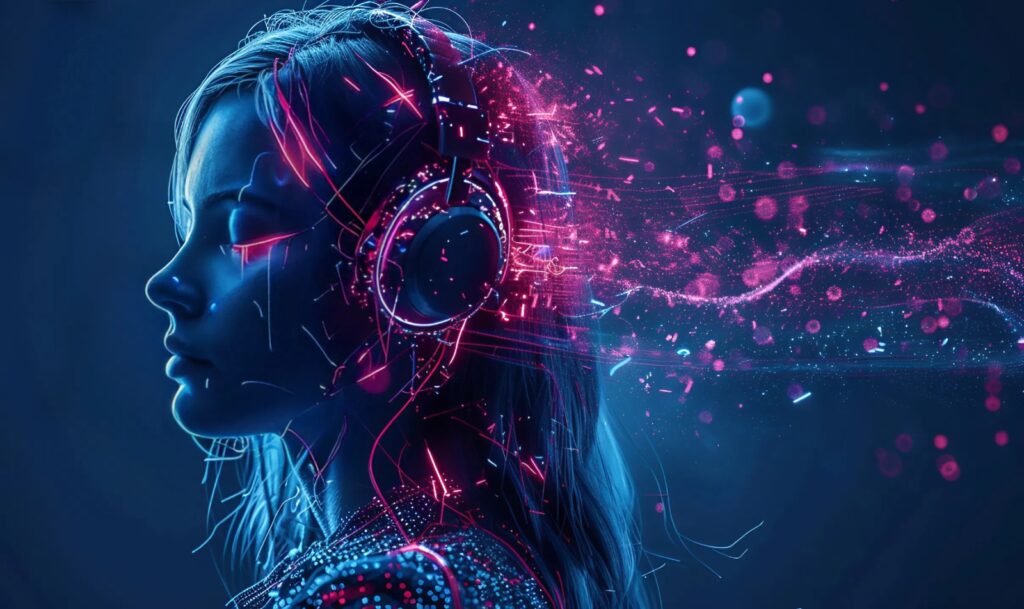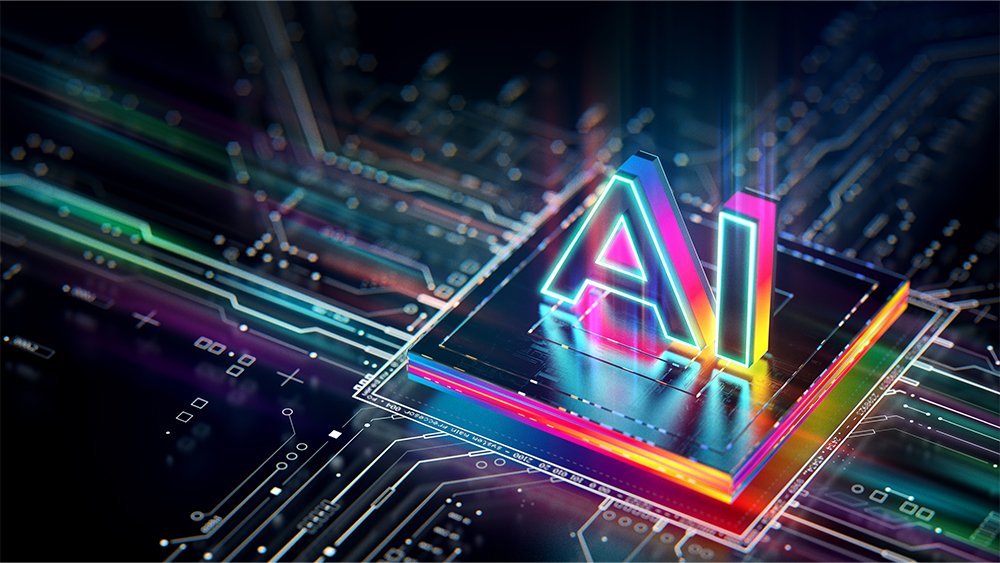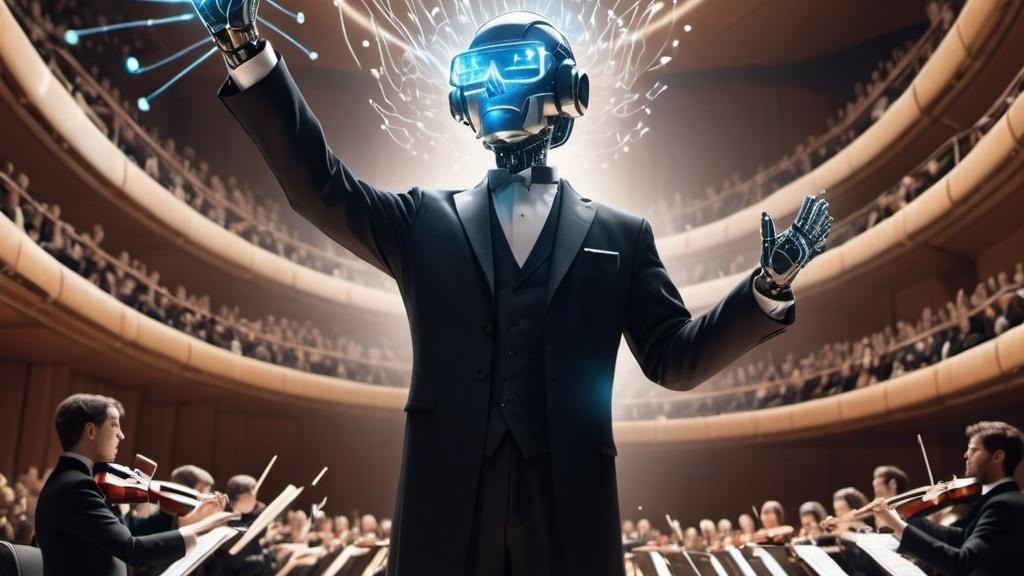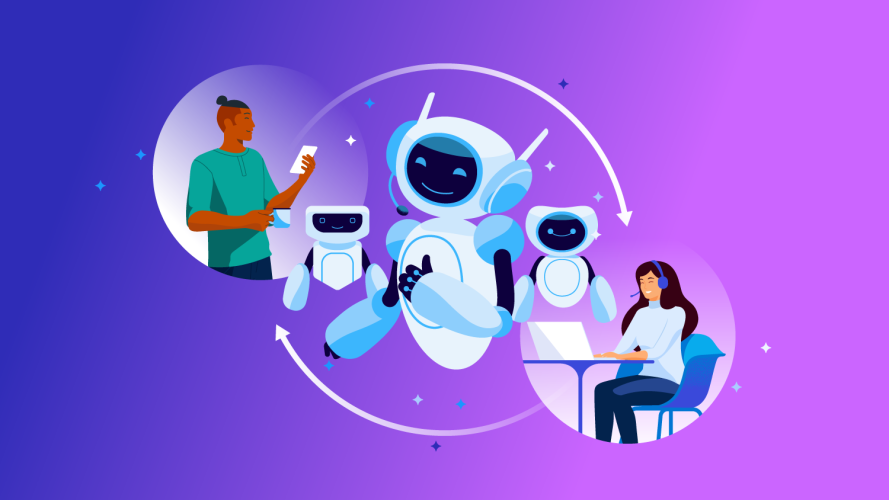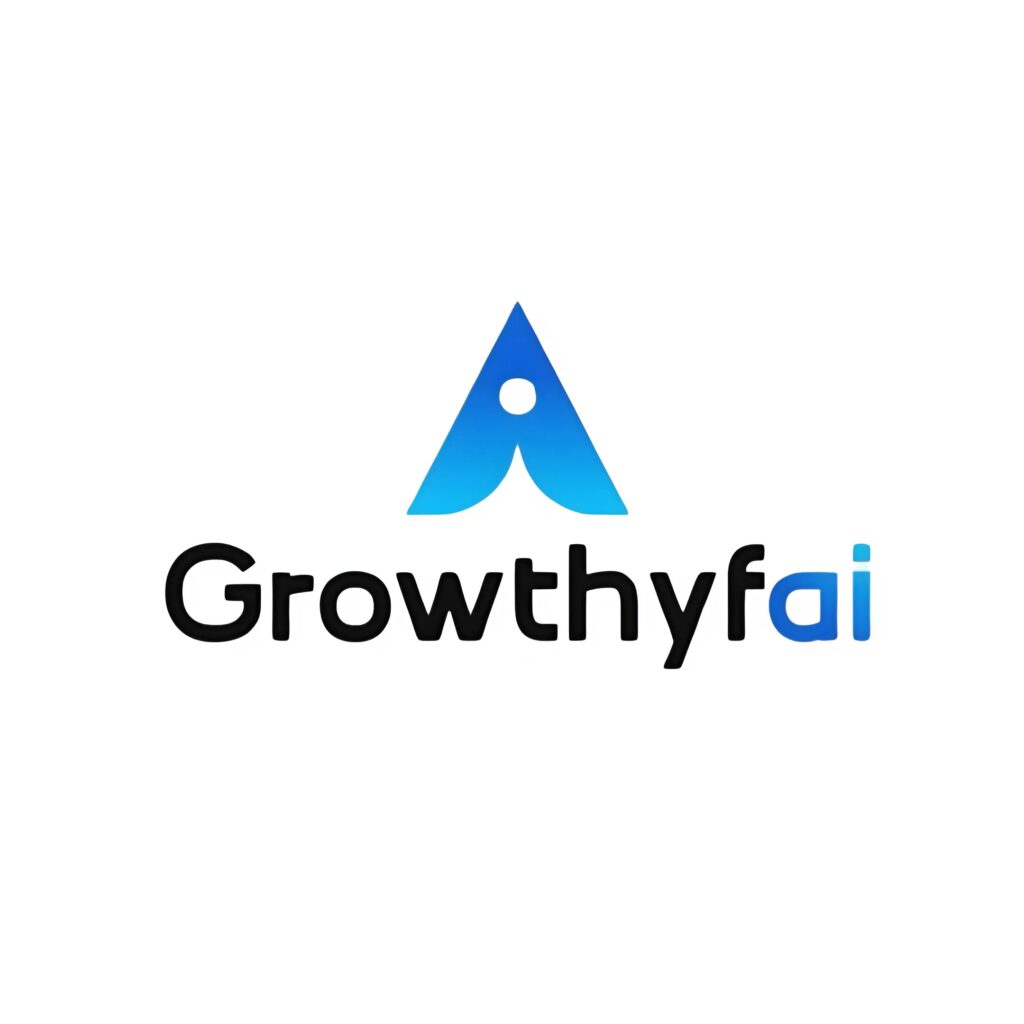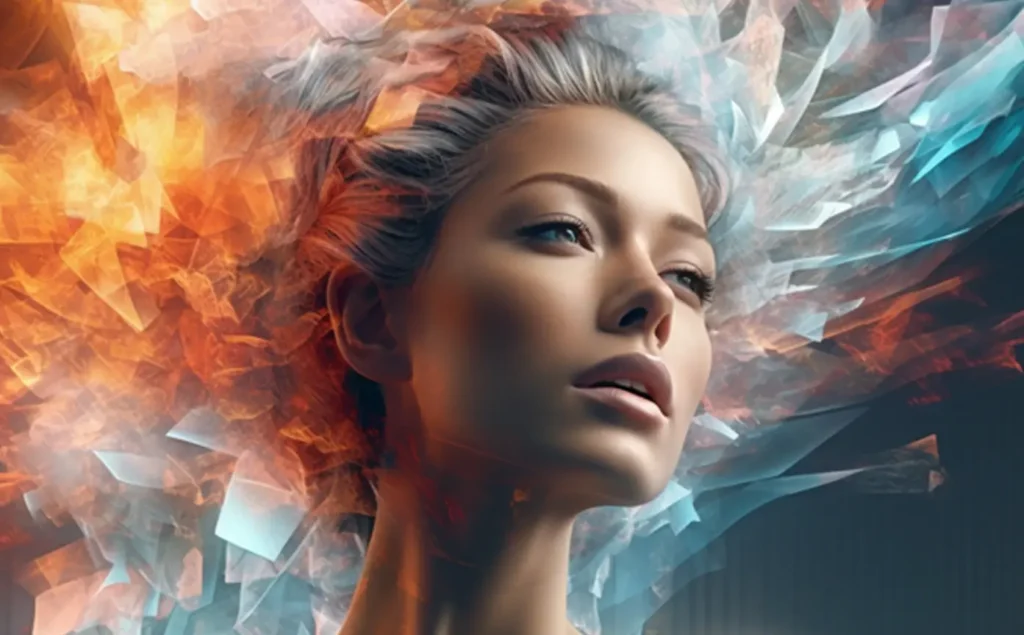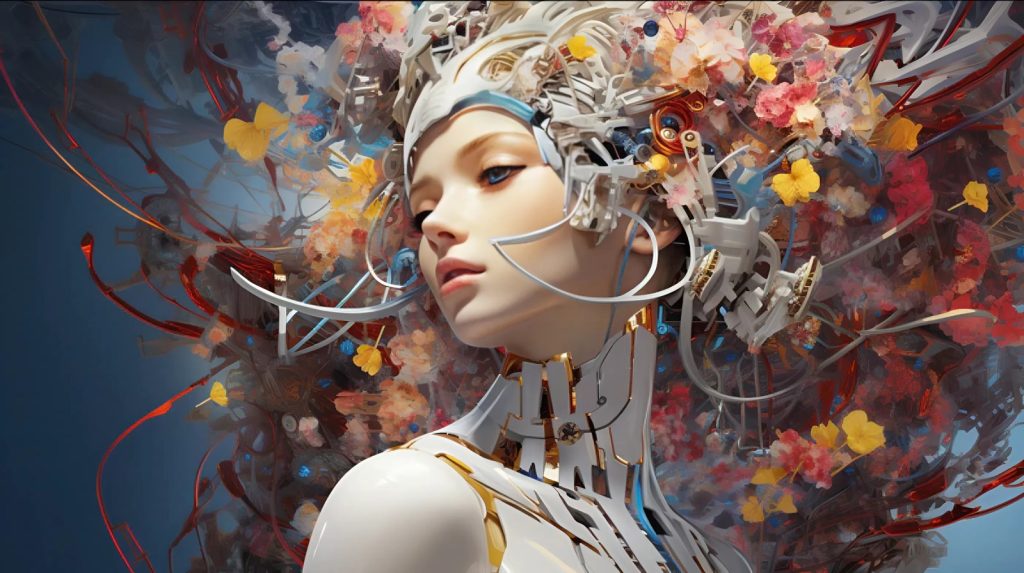The Rise of AI Art Collectives: Transforming the Creative Landscape
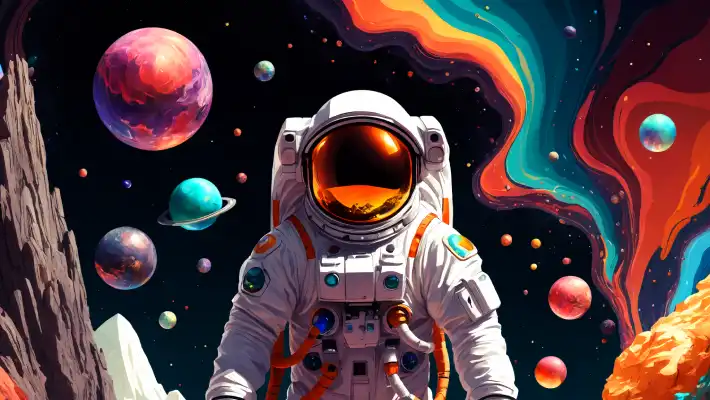
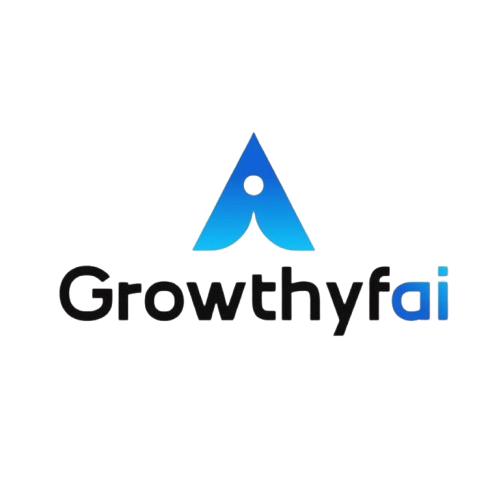
In recent years, the art world has witnessed a fascinating and transformative shift with the integration of artificial intelligence (AI) into the creative process. As technology continues to advance at a rapid pace, AI art collectives have emerged, reshaping how art is created, appreciated, and sold. These collectives bring together artists, programmers, and AI enthusiasts to explore the fascinating intersection of technology and creativity, blurring the boundaries between human creativity and machine intelligence. In this blog post, we will delve into the rise of AI art collectives, explore their impact on the art world, provide examples of notable collectives and discuss what the future holds for this burgeoning field.
The Emergence of AI Art Collectives
AI art collectives are collaborations of diverse individuals and groups who leverage artificial intelligence in the creation of art. These collectives are often platforms or communities where artists and technologists come together to explore new ways of creating and experiencing art. The emergence of AI art collectives can be attributed to the accessibility of AI tools and the growing interest in digital art forms. Artists, who once relied solely on traditional methods, are now exploring how algorithms, machine learning, and neural networks can contribute to their work, feeding the creative process with new possibilities.
How AI Art Collectives are Shaping the Art World
Redefining the Role of the Artist
AI art collectives have challenged the traditional notion of what it means to be an artist. As AI-generated art becomes more prevalent, the role of the artist is shifting from a sole creator to a curator and collaborator with machines. Artists are now exploring how to incorporate AI algorithms into their creative process, using them as tools to generate ideas, produce artworks, and even challenge existing artistic paradigms.
Expanding the Creative Toolbox
AI provides artists with a new set of tools that can augment their creative abilities. These tools allow artists to generate unique visual effects, manipulate imagery in innovative ways, and access a wide range of styles and techniques previously unexplored. For instance, using AI, artists can create artwork that mimics the style of famous painters or generate entirely new visual aesthetics.
Increasing Accessibility and Collaboration
AI art collectives are democratizing the art world by lowering barriers to entry for artists from diverse backgrounds. Unlike traditional art spaces that may require significant resources and connections, AI art platforms provide artists with tools and communities to collaborate and showcase their work globally. This accessibility fosters a collaborative environment where artists from different disciplines can come together, share ideas, and push the boundaries of creative expression.

Examples of Notable AI Art Collectives
Obvious (France)
One of the most well-known AI art collectives, Obvious, made headlines when they sold an AI-generated artwork, “Portrait of Edmond de Belamy,” for $432,500 at a Christie’s auction in 2018. The collective uses a type of AI called Generative Adversarial Networks (GANs) to create portraits inspired by classical art styles. Obvious’s work challenges the art world’s perception of authorship and originality, sparking debates about the role of AI in art creation.
AIArtists.org (Global)
AIArtists.org serves as a hub that connects AI artists, researchers, and enthusiasts from around the world. The collective hosts exhibitions, workshops, and virtual events to showcase AI-generated art and explore the ethical and cultural implications of AI in the creative process. By fostering an open and inclusive community, AIArtists.org plays a significant role in advancing the growth and understanding of AI-generated art.
The Art + AI Collective (United States)
Based in the United States, The Art + AI Collective brings together AI engineers, artists, and designers to develop innovative installations, performances, and interactive experiences. They aim to challenge traditional art forms and create works that engage audiences in new and thought-provoking ways. The collective is known for its interdisciplinary approach, which combines cutting-edge AI technology with elements of visual and performing arts.
Conclusion
The rise of AI art collectives is transforming the creative landscape, offering exciting opportunities for artists to explore new territories of expression and innovation. As AI technology continues to evolve, the line between human creativity and machine intelligence will continue to blur, giving rise to art forms that were previously unimaginable. While the integration of AI in art challenges traditional principles and raises important ethical questions, it also opens up new possibilities for creativity, accessibility, and collaboration. AI art collectives are at the forefront of this transformation, redefining what it means to be an artist in the 21st century and reshaping the future of art as we know it. As these collectives grow and mature, they will likely continue to challenge our perceptions of creativity, authorship, and the role of technology in human expression.


